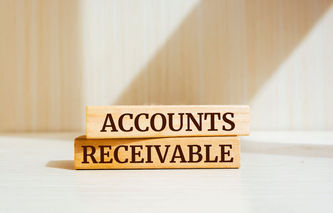Definition
The term allowance for doubtful accounts refers to the contra asset to accounts receivable. Allowance for doubtful accounts represents the portion of accounts receivable the company does not expect to collect from customers.
Explanation
Not all credit sales will result in money collected from customers. Therefore the balance appearing in accounts receivable needs to be adjusted for what the company anticipates will be uncollectible. The allowance for doubtful accounts, also known as the allowance for bad debts, is used to make this adjustment.
Accounts receivable is a control account. As such, the balance in accounts receivable needs to equal the total of the individual accounts found in the subsidiary ledger. Allowance methods are used to develop estimates of bad debts, and the value of doubtful accounts is adjusted accordingly. For example, the company may have performed a study that indicates 2% of accounts receivable will never be collected from customers. In this example, the allowance for doubtful accounts would be equal to 2% of the accounts receivable balance.
This process allows the balance sheet to state accounts receivable in what is called "net realizable value." This adjustment is necessary due to the conservatism constraint, which states that when in doubt, report information that does not overstate income or assets or does not understate expenses or liabilities.
Related Terms






